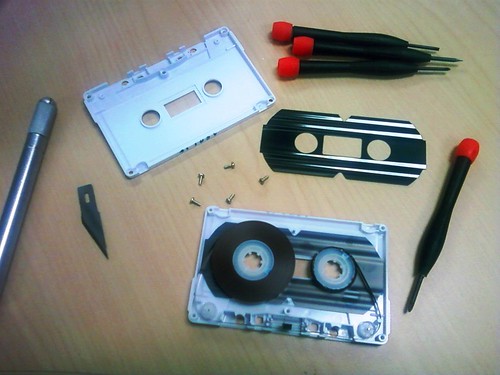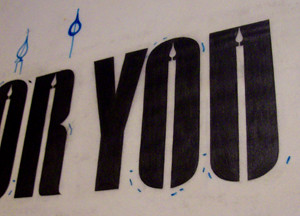The Academy Awards happen tonight. In fact, as I type this, there are undoubtedly throngs assembled for the red gauntlet, er, I mean carpet.
One of the awards not given during tonight’s telecast, or during the earlier (and apparently less television-worthy) technical awards, is the Best Trailer Oscar. There is no such statuette for that category. But, there should be.
There exists such skilled visionaries that the most mundane of movies are made to look absolutely dazzling and tantalizing through the wizardry of trailer editing. Carefully selected images and scenes are edited together with well crafted voiceover copy so as to convince the viewer that he or she will not be satisfied with life until the advertised film is experienced in full.
Curse them and their mastery!
I gave away part of my life and soul on a meandering, dour piece of cinema called BLINDNESS. It would have worked much better as a 10-minute short -- or perhaps a trailer.
It was, in fact, the trailer of the film that convinced me it was an artful undertaking with social commentary and the dogged persistence of a band of citizens determined to get to the bottom of evil-doing or some grand governmental (or corporate) conspiracy. Woo-hoo! Sign me up!
Indeed,…sign me up for a film like that when someone makes it...because this was merely the product of the seed of a good idea.
I felt that the screenwriters were on the road to developing something, when they sorta gave up any grand aspirations and settled for merely puttering around within the confines of a partial conceit that they never nurtured into its full potential.
Blabbity-blab-blah. (Yawn.)
Yet, when I cautioned people not to get suckered into the cinematic mire, it was brought to my attention the film was based on a well-received, award-winning novel. That leads me to call on the time-tested cliché that suggests the book is better than the movie. Sadly, however, I'm drained from any impulse to approach the book open-mindedly, because of my burdensome encounter with the movie.






